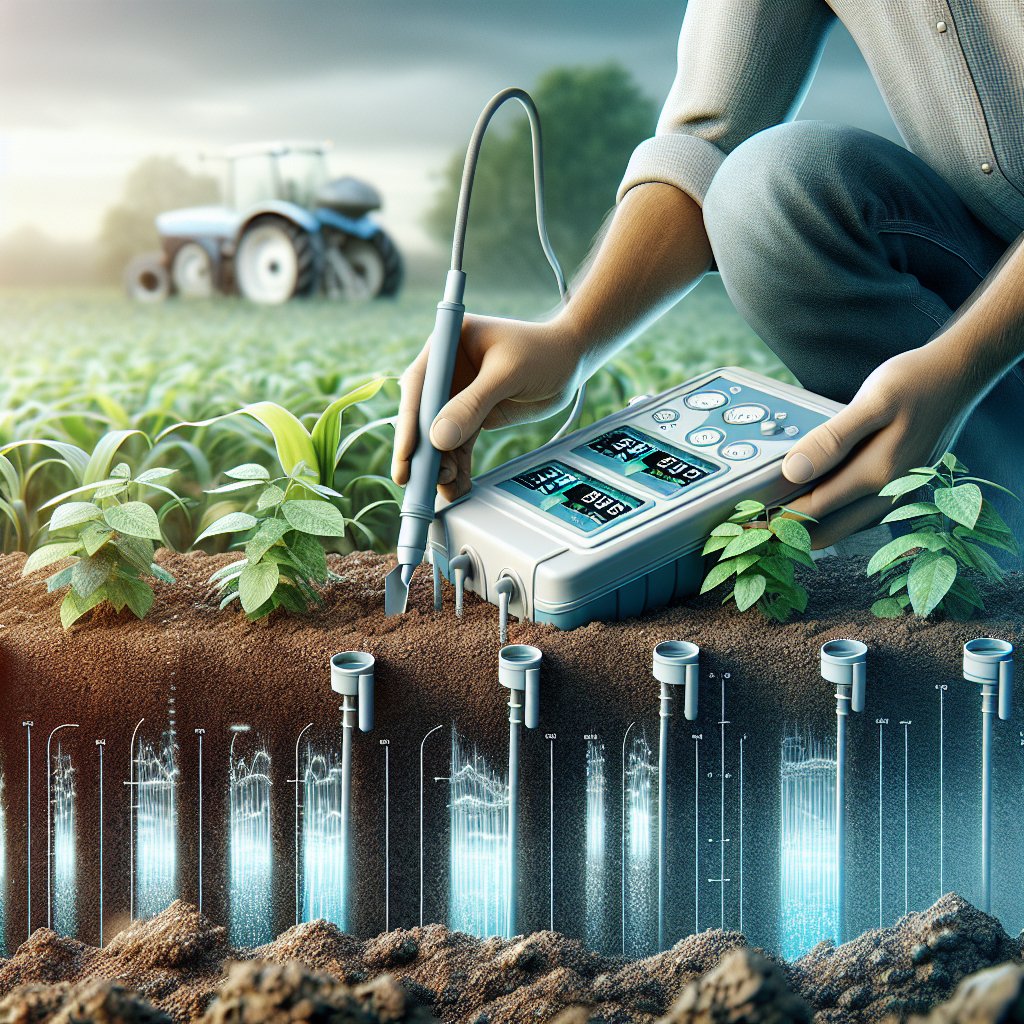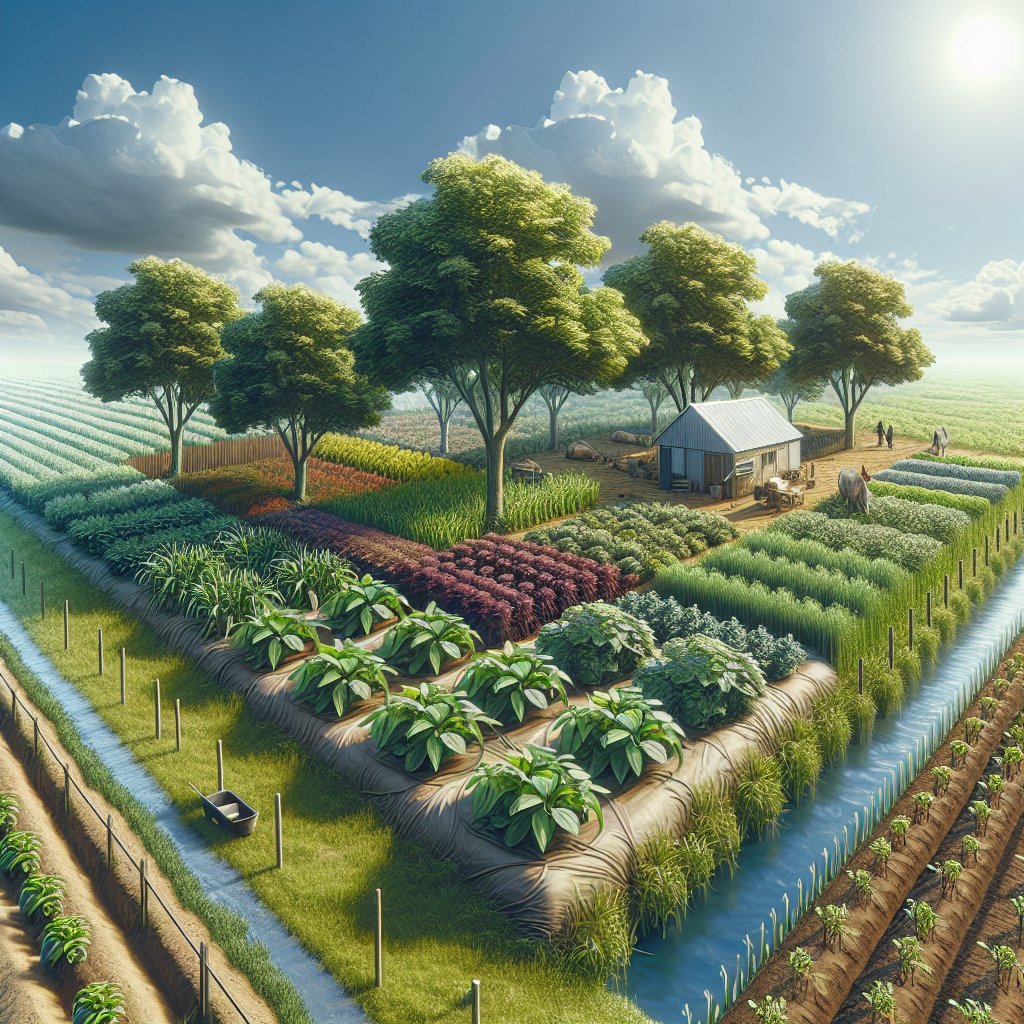Growing profitable crops on small farms is a challenging yet rewarding endeavor that requires careful planning, resource management, and innovative techniques. Small-scale farmers often face unique challenges such as limited land, resources, and access to markets. However, with the right strategies, small farms can thrive and become highly profitable. This article explores various methods and practices that can help small farm owners maximize their crop yields and profitability.
Understanding the Basics of Small-Scale Farming
Small-scale farming is characterized by limited land area and resources, which necessitates a strategic approach to crop selection and farm management. The first step in growing profitable crops is understanding the specific conditions and limitations of your farm. This includes analyzing soil quality, climate, water availability, and market demand. By gaining a comprehensive understanding of these factors, farmers can make informed decisions about which crops to grow and how to manage their resources effectively.
Soil Quality and Preparation
Soil quality is a critical factor in determining the success of any farming operation. For small farms, it is essential to conduct soil tests to assess nutrient levels, pH balance, and organic matter content. Based on the results, farmers can amend the soil with organic or inorganic fertilizers to optimize conditions for crop growth. Additionally, implementing practices such as crop rotation, cover cropping, and reduced tillage can help maintain soil health and fertility over time.
Climate and Water Management
Understanding the local climate is crucial for selecting crops that will thrive in your region. Small farmers should consider factors such as temperature, rainfall patterns, and growing seasons when planning their crop rotations. Efficient water management is also vital, especially in areas prone to drought or water scarcity. Techniques such as drip irrigation, rainwater harvesting, and mulching can help conserve water and ensure that crops receive adequate moisture throughout the growing season.
Choosing the Right Crops for Profitability
One of the most important decisions a small farmer can make is selecting the right crops to grow. The choice of crops should be based on market demand, profitability, and suitability to the farm’s conditions. Diversifying crop production can also help mitigate risks and increase income streams.
High-Value Crops
High-value crops are those that can be sold at a premium price due to their quality, uniqueness, or demand. Examples include organic produce, specialty herbs, and niche market vegetables. Growing high-value crops can significantly increase the profitability of a small farm, but it requires careful market research and a focus on quality production.
Perennial Crops
Perennial crops, such as fruit trees and berry bushes, offer long-term profitability as they continue to produce yields year after year. While the initial investment and time to maturity may be higher compared to annual crops, perennials can provide a stable income once established. Small farmers should consider integrating perennials into their crop rotations to diversify their production and income sources.
Implementing Sustainable Farming Practices
Sustainability is a key consideration for small farms aiming for long-term profitability. By adopting sustainable farming practices, farmers can reduce input costs, improve soil health, and enhance ecosystem services. These practices not only benefit the environment but also contribute to the economic viability of the farm.
Integrated Pest Management (IPM)
Integrated Pest Management (IPM) is an approach that combines biological, cultural, physical, and chemical tools to manage pests in an environmentally and economically sustainable way. By using IPM, small farmers can reduce their reliance on chemical pesticides, lower production costs, and minimize negative impacts on the environment. Techniques such as crop rotation, natural predators, and resistant crop varieties are integral components of IPM.
Agroforestry and Polyculture
Agroforestry and polyculture are farming systems that integrate trees, crops, and sometimes livestock in a way that mimics natural ecosystems. These systems can enhance biodiversity, improve soil structure, and increase resilience to climate change. For small farms, agroforestry and polyculture offer opportunities to diversify production, optimize land use, and create additional income streams through the sale of timber, fruits, and other products.
Marketing and Selling Your Produce
Effective marketing and sales strategies are essential for small farms to reach their target customers and maximize profits. Building a strong brand, understanding customer preferences, and leveraging various sales channels can help small farmers succeed in competitive markets.
Direct-to-Consumer Sales
Direct-to-consumer sales, such as farmers’ markets, community-supported agriculture (CSA) programs, and farm stands, allow small farmers to connect directly with their customers. This approach not only provides higher profit margins by eliminating intermediaries but also fosters customer loyalty and community support. Small farmers should focus on building relationships with their customers and providing high-quality, fresh produce to maintain a competitive edge.
Online and Social Media Marketing
In today’s digital age, online and social media marketing are powerful tools for small farms to reach a broader audience. Creating a strong online presence through a farm website, social media platforms, and e-commerce sites can help farmers showcase their products, share their story, and attract new customers. Engaging content, such as farm updates, recipes, and behind-the-scenes looks, can help build a loyal online community and drive sales.
Conclusion
Growing profitable crops on small farms requires a combination of strategic planning, sustainable practices, and effective marketing. By understanding the unique challenges and opportunities of small-scale farming, farmers can make informed decisions that enhance their productivity and profitability. With the right approach, small farms can thrive and contribute to a sustainable and resilient agricultural system.



